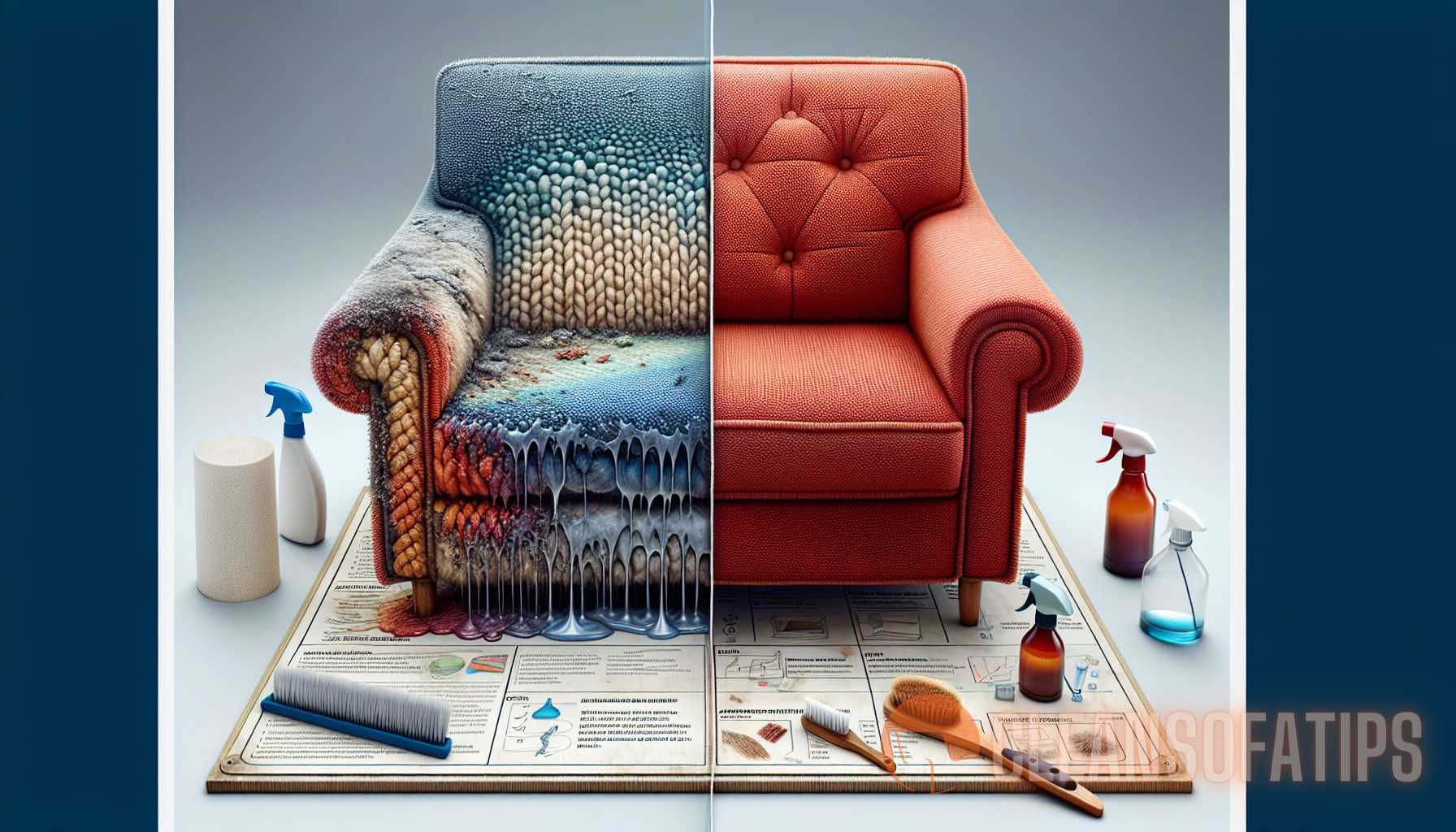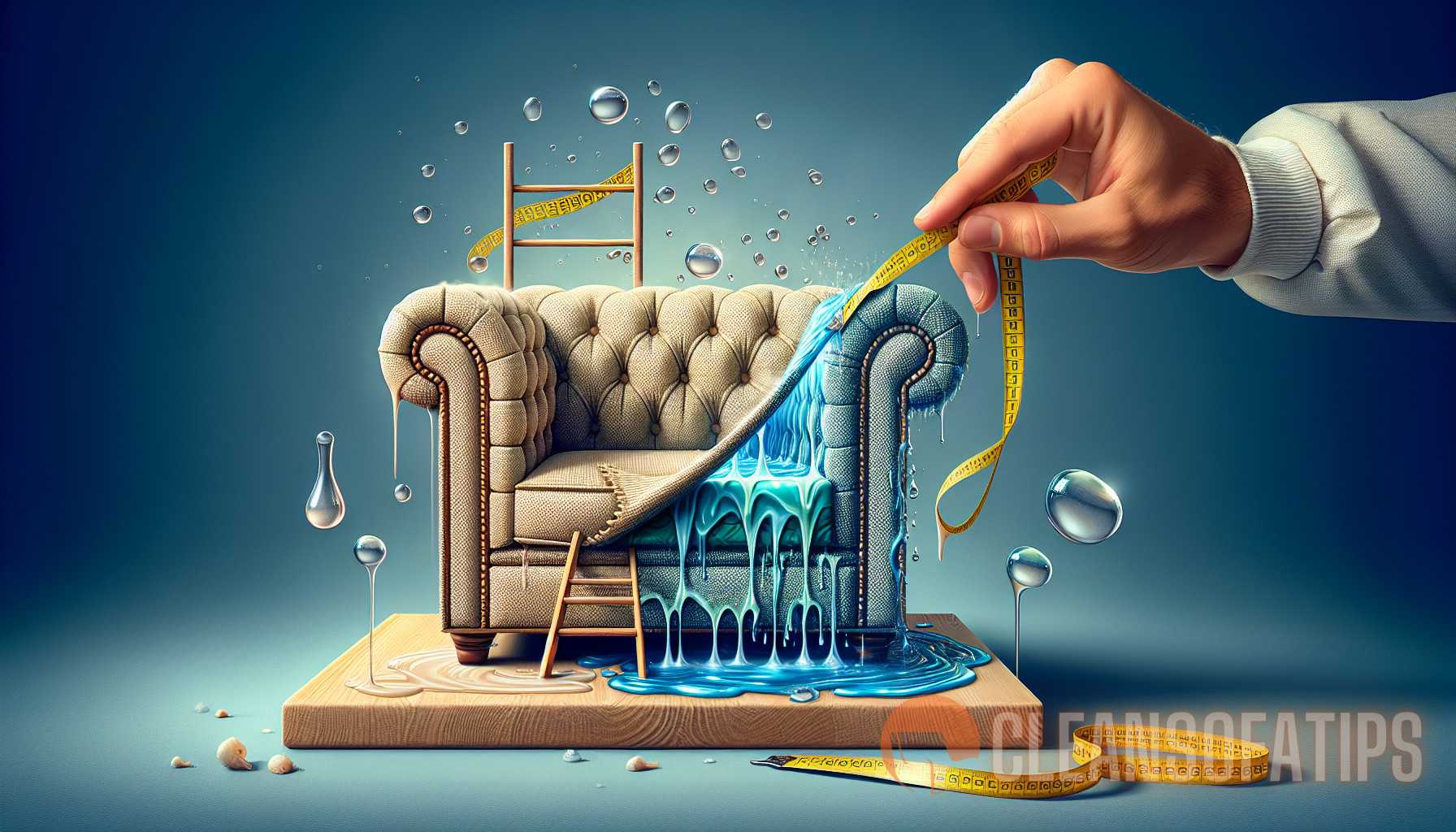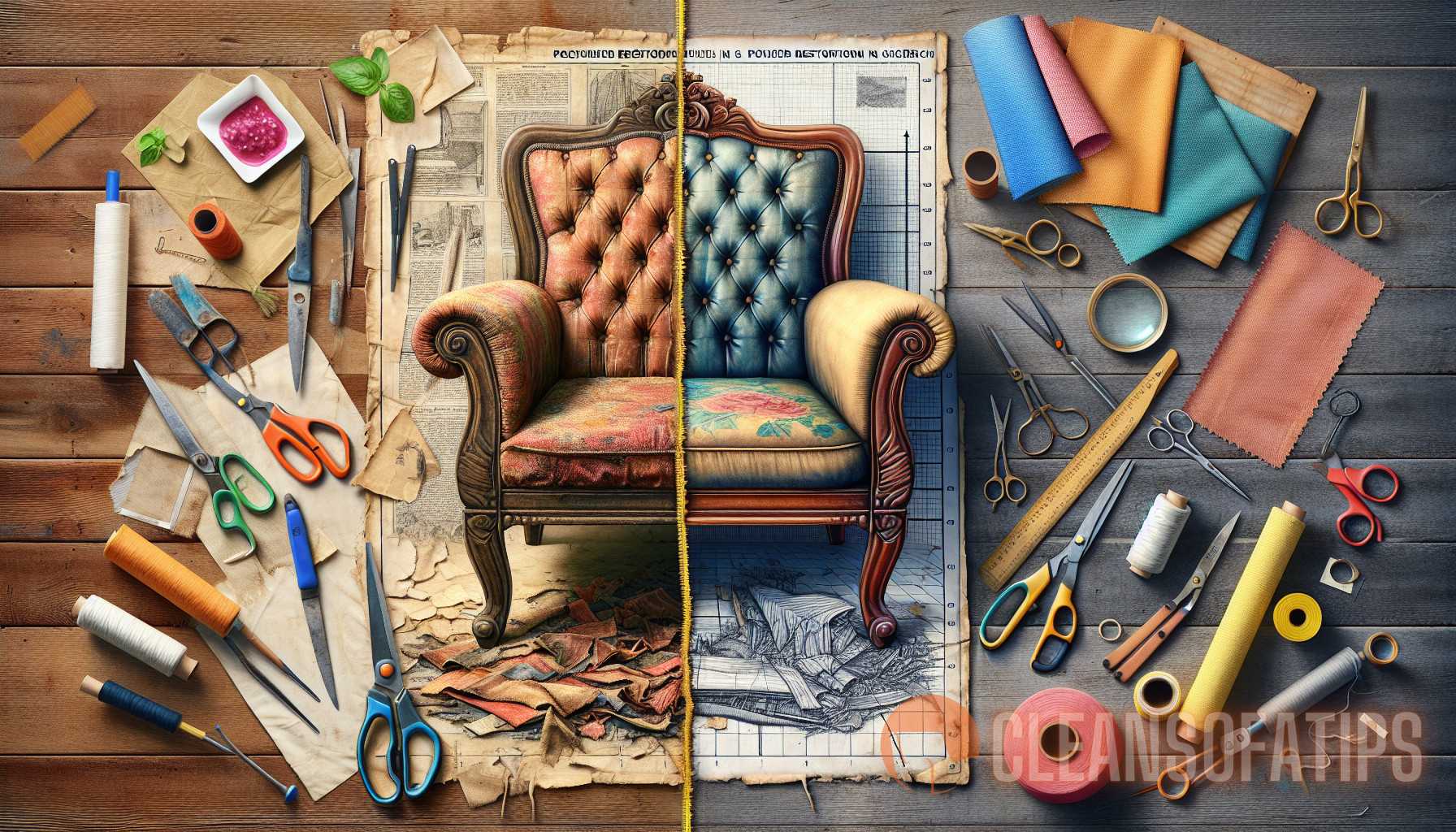Moisture is an enigmatic force that can have both positive and negative effects on upholstery. While it can rejuvenate and restore the appearance of fabrics, it can also cause irreversible damage if not handled properly. Understanding the intricacies of moisture on upholstery is essential for restoration and long-term preservation. In this article, we will delve into the science behind moisture upholstery, exploring its effects, restoration techniques, and preservation strategies.
The Effects of Moisture on UpholsteryMoisture can have various effects on upholstery, depending on factors such as fabric type, construction, and exposure duration. Here are some of the common effects of moisture on upholstery:
1. Shrinkage: When moisture penetrates the fibers of upholstery fabric, it can cause shrinkage, resulting in a distorted appearance and fit. This effect is particularly noticeable in natural fibers such as cotton and wool. 2. Warping: Moisture can cause upholstery materials to warp or lose their shape. This can be especially problematic for upholstery with wooden frames or structures as the moisture can cause the wood to swell and warp, potentially compromising structural integrity. 3. Staining: Water stains are a common issue with upholstery exposed to moisture. These stains can be difficult to remove and may require professional cleaning and restoration techniques. 4. Mold and Mildew Growth: Moisture provides an ideal environment for the growth of mold and mildew. These fungi can thrive on upholstery fabrics, leading to discoloration, odor, and even health hazards. 5. Fading: Some upholstery fabrics are prone to fading when exposed to moisture. This is particularly prevalent in dyed fabrics and can result in a loss of vibrancy and colorfastness. Restoration Techniques for Moisture Damaged UpholsteryWhen moisture damage occurs, prompt restoration is crucial to minimize the long-term effects. Here are some commonly employed restoration techniques for moisture damaged upholstery:
1. Drying: The first step in restoring moisture damaged upholstery is to remove excess moisture. This can be accomplished through various methods such as blotting, vacuuming, and using dehumidifiers. It is important to allow the upholstery to dry completely to prevent further damage and the growth of mold and mildew. 2. Cleaning: Depending on the type and extent of moisture damage, professional cleaning may be necessary. This can involve deep cleaning, stain removal, and the use of specialized cleaning agents to restore the upholstery’s appearance and remove any odors. 3. Re-stuffing and Reupholstering: In severe cases of moisture damage, re-stuffing and reupholstering may be required. This involves replacing the padding and fabric of the upholstery to restore its original form and function. Preservation Strategies for UpholsteryPreventing moisture damage in upholstery is essential for its long-term preservation. Here are some strategies that can help preserve upholstery:
1. Avoidance of Direct Moisture Exposure: Upholstery should be kept away from sources of moisture such as leaky windows, plumbing fixtures, and damp basements. Additionally, it is important to protect upholstery from accidental spills and excessive humidity. 2. Regular Cleaning and Maintenance: Regular cleaning and maintenance can help prevent moisture damage. Vacuuming upholstery regularly and spot cleaning spills immediately can prevent moisture from being absorbed into the fabric. 3. Application of Fabric Protectors: Fabric protectors such as stain repellents and water-resistant sprays can provide an additional layer of protection against moisture damage. These products can help repel liquids and prevent stains from setting into upholstery fabrics. 4. Proper Ventilation: Adequate ventilation in the room where upholstery is placed can help prevent the accumulation of moisture. Good airflow can help dry out any moisture that gets absorbed into the fabric. 5. Professional Maintenance: Regular professional maintenance can help identify and address any potential moisture damage before it becomes severe. Professional upholstery cleaning services can deep clean and restore upholstery, extending its lifespan. ConclusionMoisture can have both positive and negative effects on upholstery. While it can restore and rejuvenate fabrics, it can also cause damage if not properly managed. Understanding the intricacies of moisture upholstery is essential for restoration and long-term preservation. By employing appropriate restoration techniques and preservation strategies, upholstery can be kept in optimal condition, ensuring its beauty and functionality for years to come.
Internal Links– An article available at https://cleansofatips.fun/professional-services/upholstery-restoration/

– An article available at https://cleansofatips.fun/professional-services/wet-or-dry-the-ultimate-scientific-guide-to-upholstery-cleaning-methods/
External Link For more information about upholstery, you can refer to the Wikipedia page on Upholstery. Sources1. https://www.thespruce.com/what-does-upholstery-fabric-mean-1391257
2. https://www.furniture.ca/blog/the-different-types-of-upholstery-fabric
3. https://www.architecturaldigest.com/story/how-to-clean-your-upholstered-furniture
4. https://www.cleanandscentsible.com/how-to-spot-clean-upholstered-furniture/
5. https://www.thespruce.com/removing-water-stains-furniture-upholstery-3467459



